Japan Incense 日本香類, 日本限定香品, 日本香具, 薰弄香品
京燒 清水燒 香皿【香日】KOUJITSU 赤金
$720.00
於傳統京燒和清水燒陶器的陶藝師小川信之,和從事室內設計、空間設計和建築設計的馬淵彰共同創作的香皿。取名【香日】,希望您能在香氣中度過美好的一天。
“Kounichi” is an incense burner created as a collaboration between Nobuyuki Ogawa, a traditional ceramic artist specializing in Kyo-yaki and Shimizu-yaki pottery, and Akira Mabuchi, an interior and architectural designer. The name “Kounichi” means “fragrant day” and is intended to help you spend a wonderful day surrounded by its aroma.
寸法:10,5cm / 1,5cm
重量:160g
*產品不包括熏香
Availability: 1 in stock


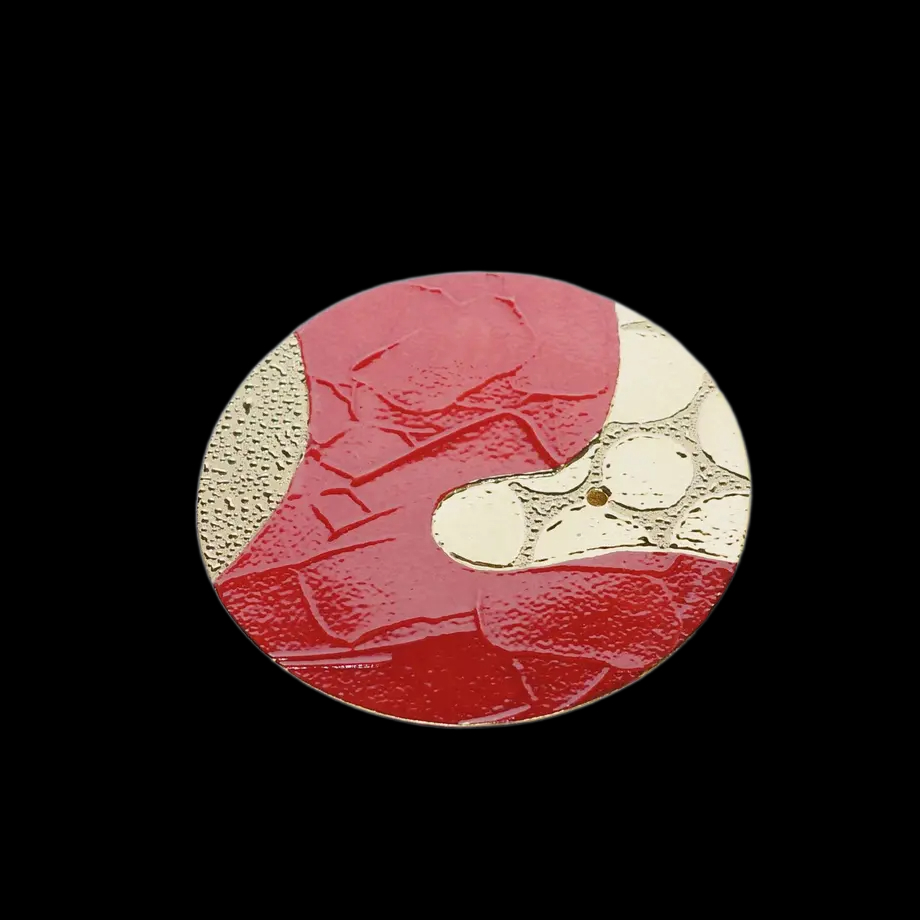
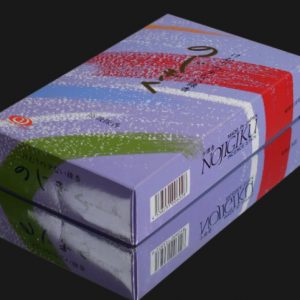
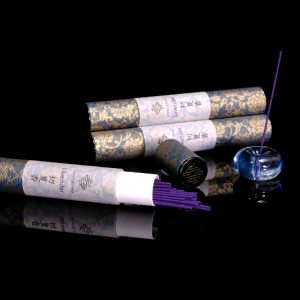
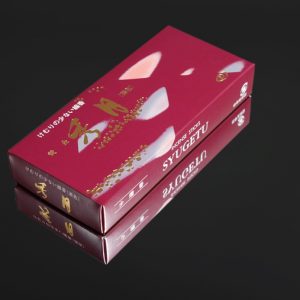
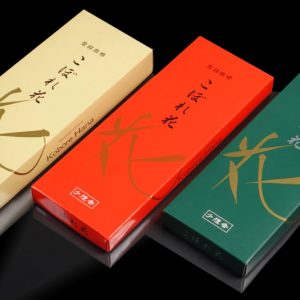
Reviews
There are no reviews yet.